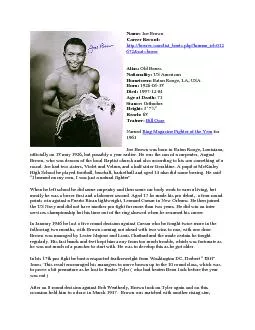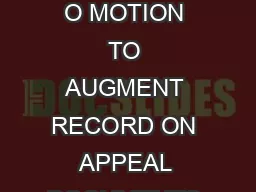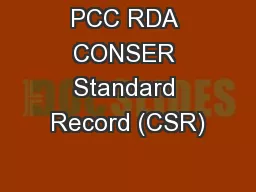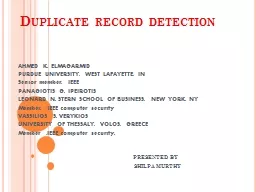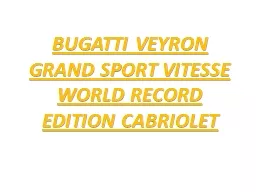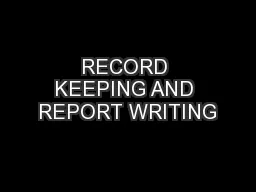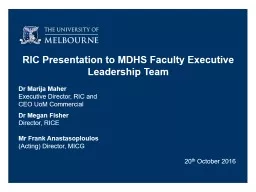PDF-Career Record:
Author : danika-pritchard | Published Date : 2015-09-16
Name Joe Brown httpboxreccomlistboutsphphumanid012 672catboxer Alias Old Bones Nationality US American Hometown Baton Rouge LA USA Born 1926 05 18 Died 1997 12 04 Age
Presentation Embed Code
Download Presentation
Download Presentation The PPT/PDF document "Career Record:" is the property of its rightful owner. Permission is granted to download and print the materials on this website for personal, non-commercial use only, and to display it on your personal computer provided you do not modify the materials and that you retain all copyright notices contained in the materials. By downloading content from our website, you accept the terms of this agreement.
Career Record:: Transcript
Download Rules Of Document
"Career Record:"The content belongs to its owner. You may download and print it for personal use, without modification, and keep all copyright notices. By downloading, you agree to these terms.
Related Documents

